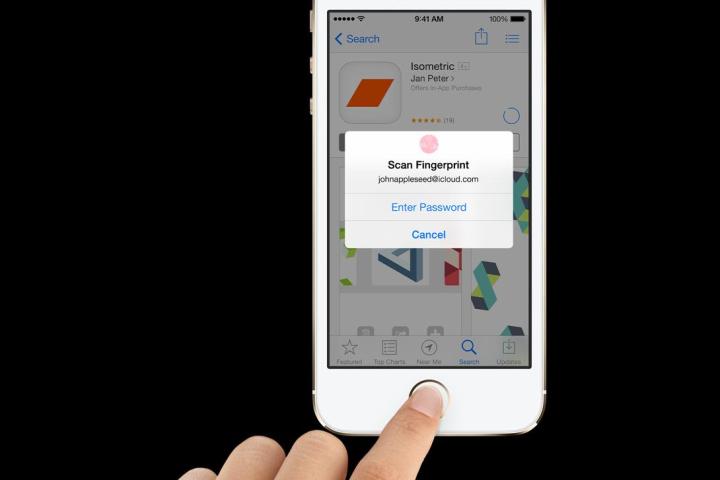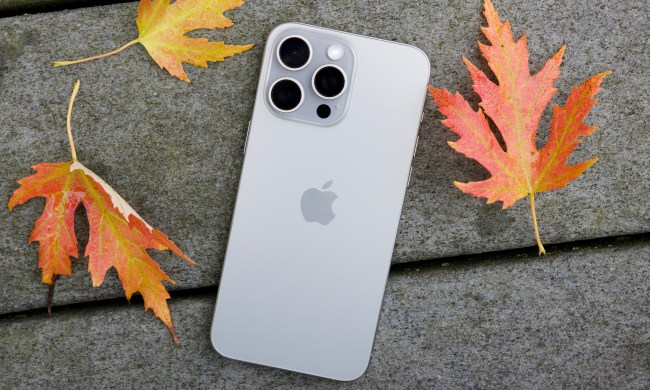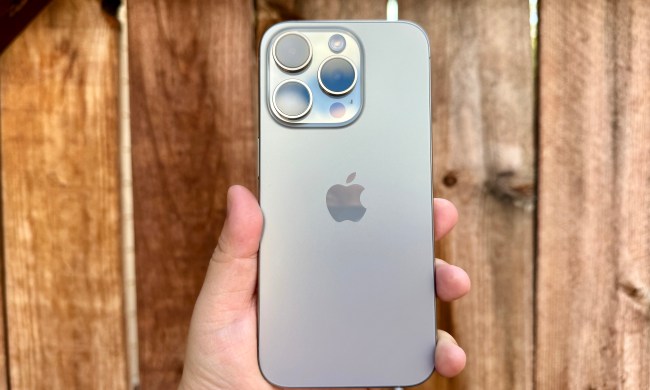
Check out our review of the Apple iPhone 5S smartphone.
No doubt there are more than a few hardcore Apple fans out there already scrubbing their fingertips with the best cleaning products available in giddy anticipation of next week’s launch of the iPhone 5S, which for the first time incorporates a fingerprint sensor.
For owners of the new device, it’ll mean no more four-digit codes for unlocking the handset and no more passwords for making purchases from iTunes and the App Store. Simply press the tip of your finger on the Touch ID sensor and the necessary deed will be done. Hopefully.
A company spokesperson told the Wall Street Journal on Wednesday that testers at Apple found that the new feature “sometimes doesn’t work with moisture-laden fingers covered in sweat, lotion or other liquids.”
With the iPhone 4’s antennagate incident in 2010 still fresh in the minds of many at Apple, you can bet there are employees at its Cupertino campus walking around right now with bandaged fingers battered by endless tortuous trials involving the new feature. But it still may not be perfect.
Latex finger gloves
So what do such comments mean for would-be iPhone 5S owners who spend most of their time in the gym or live in swelteringly hot locations? Or those with hands that are naturally clammy and never seem to get dry no matter how many times they wipe them on clothes, towels, or indeed every absorbant material known to man? Should they hold off buying the new phone to see if sweatyfingergate hits the headlines – a situation that could result in Apple’s crisis management team sending out thousands of latex finger gloves with unique prints to damp, disgruntled users.
And if that isn’t enough, the unnamed spokesperson added that fingers with scars may also be problematic for the sensor, though in this case you can of course simply use one of your unblemished ones. If all your fingers happen to be a little pockmarked or blistered, however, you’ll probably be better off going for Apple’s new 5C handset, which is without the new technology.
The Journal’s report also revealed that owners of the new phone will in fact still have to create a passcode, required for accessing the phone after a reboot or if it hasn’t been unlocked for 48 hours. Of course, it’s the passcodes we don’t use often that we most easily forget, so you’d better take care when choosing this particular one.
With the iPhone 5S launching on September 20, we don’t have too long to wait to see how the first buyers get on with the new sensor – clammy hands or no clammy hands – so let’s wait and see what develops.


